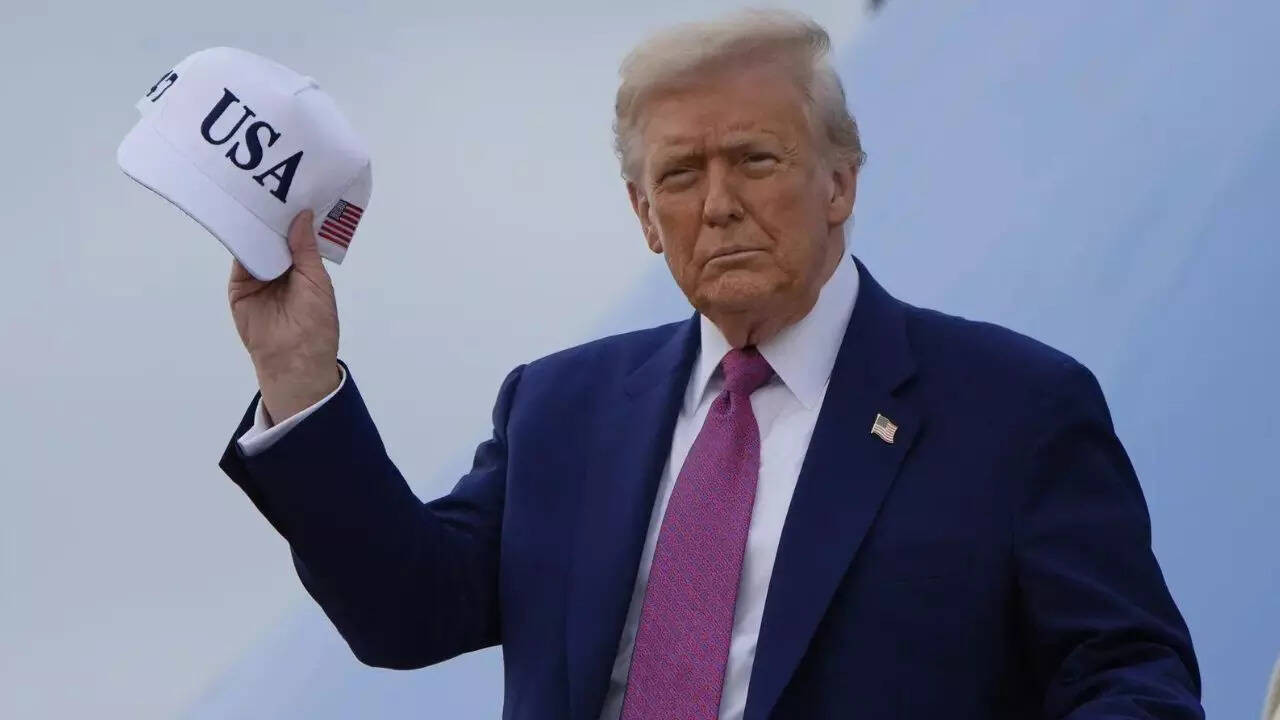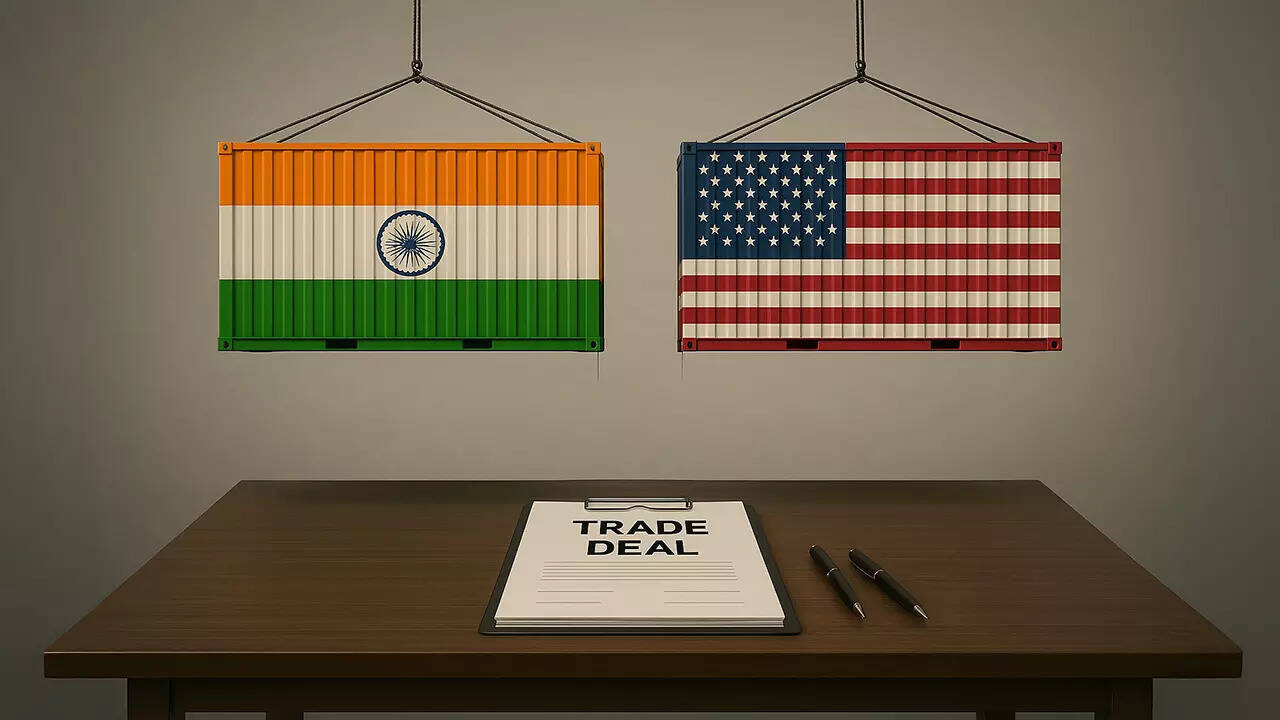Donald Trump indicated flexibility on extending the trade talk deadline. However, he believes it might not be essential. Discussions are ongoing with multiple countries. The US will soon send letters outlining final trade deal terms. A deal with China is reportedly done, pending final approval pending final approval from Trump and Chinese President Xi Jinping
The Tariff Tango: Will Trump’s Trade Threats Morph into a Real Deal?
Okay, let’s talk trade. Specifically, let’s talk about the ever-present, slightly chaotic, and always fascinating world of Donald Trump’s trade policy. Remember the good old days of “trade wars are good, and easy to win”? Well, it seems that tune might be slightly modulating, even if the tempo remains pretty brisk.
The latest buzz centers around those looming tariffs, specifically the ones supposedly scheduled to hit a variety of goods this July 8th. We’re talking about a proposed levy that could sting quite a few sectors, potentially impacting everything from your favorite gadgets to the clothes you wear. But, and this is a crucial “but,” the former President is hinting at a potential change of heart. Or at least, a strategic pause.
Trump, never one to shy away from a bit of theatricality, has indicated he’s about to send out some “tariff trade letters.” Sounds like a charming handwritten note, doesn’t it? (Spoiler alert: it’s probably not handwritten). These letters, as I understand it, are essentially a “take it or leave it” proposition to various countries. The gist? Play ball with his trade demands, or face the music – that is, the sharp, discordant tune of increased tariffs.
Now, here’s where things get interesting. He’s suggesting he might extend the July 8th deadline. Why? Well, the reasons are likely as multifaceted as a poorly cut diamond. On one hand, he probably understands that a full-blown trade war right now could be a messy affair, even for a self-proclaimed “tariff man”. Supply chains are already creaking under pressure from various global events, and throwing another wrench into the works could backfire spectacularly.
Think about it. Tariffs aren’t just about punishing other countries; they’re about increasing the cost of goods for consumers here at home. And that’s never a popular move, especially in an election year. It’s a delicate balancing act between appearing strong on trade and not inadvertently shooting yourself in the foot.
On the other hand, this could be classic Trump strategy: maximum pressure followed by a carefully negotiated “win.” He’s essentially using the threat of tariffs as a bargaining chip, a way to strong-arm countries into conceding to his demands. It’s a high-stakes game of chicken, and the outcome is far from certain.
The specific demands outlined in these impending “tariff trade letters” remain shrouded in a bit of mystery. But, based on Trump’s past rhetoric, we can expect them to center around issues like reducing trade deficits, protecting American industries, and demanding what he perceives as fairer trade practices. This could involve anything from pushing for increased access to foreign markets for American goods to curbing alleged intellectual property theft.
What makes this whole situation particularly intriguing is the global context. The world economy is still recovering from the pandemic, and tensions are already high in many regions. A sudden escalation of trade wars could have serious repercussions, potentially derailing the recovery and exacerbating existing geopolitical fractures. It’s a powder keg situation, and Trump is holding the match.
Frankly, it’s hard to say with any certainty what will happen. Will he actually pull the trigger on these tariffs? Will countries call his bluff? Or will we see a flurry of last-minute negotiations that result in some kind of compromise?
One thing is clear: the clock is ticking, and businesses around the world are holding their breath. Preparing for the worst (and hoping for the best) is the name of the game. And the reality is that even the threat of tariffs can disrupt markets, create uncertainty, and ultimately impact consumers. The uncertainty alone is its own type of tax.
The impact will vary greatly across different sectors. Industries that rely heavily on imported components or raw materials are particularly vulnerable. Those that compete directly with foreign manufacturers could benefit, at least in the short term. But, ultimately, a global trade war hurts everyone.
So, what should we take away from all this? Primarily, that the world of international trade is never boring. Trump’s tariff threats, whether real or rhetorical, are a stark reminder of the fragility of global trade relationships and the potential for sudden, disruptive changes. The “tariff trade letters” are just the latest chapter in this ongoing saga, and the ending is still very much unwritten. We’ll have to wait and see if his hand is one of a dealmaker, or a disrupter. Until then, buckle up. It’s going to be a bumpy ride.
📬 Stay informed — follow us for more insightful updates!







